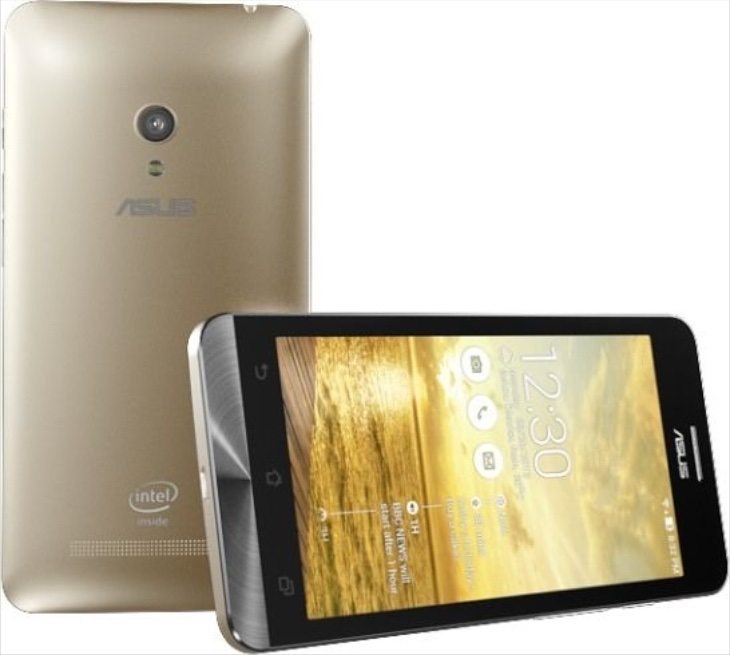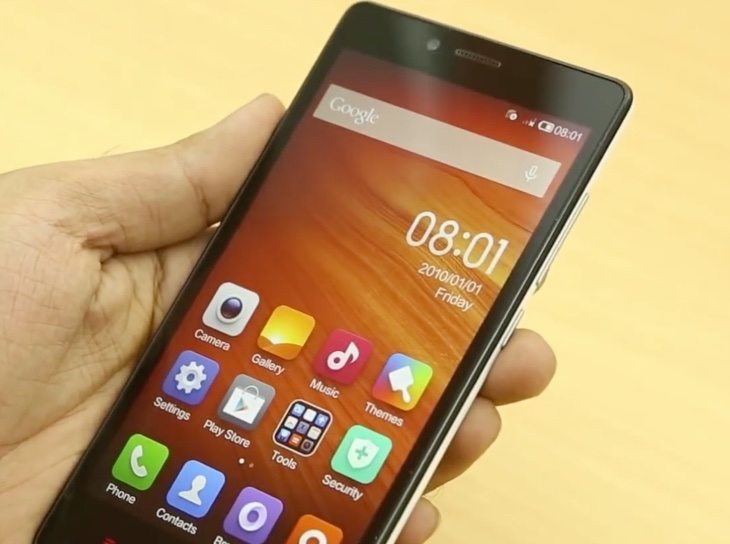Redmi Note vs Zenfone 5 for buyers in India

The Asus Zenfone 5 A501CG has been a big hit with consumers in India. It released earlier this year and is still a very popular smartphone, but more and more contenders are joining the competition. One of these is the highly anticipated Xiaomi Redmi Note that is likely to be in massive demand when the first flash sale for it takes place on Flipkart tomorrow. We’re now comparing the specs of the Redmi Note vs. Zenfone 5 for buyers in India.
These phones are pretty closely priced and are both Android handsets with dual-SIM support. Let’s focus on the key specs of the Redmi Note and Zenfone 5 and see how they compare and what they each bring to the table. Buyers will also want to consider design preference, build quality, and of course after-sales service.
Processors
The Xiaomi Redmi Note is powered by a 1.7GHz MediaTek MT6592 octa-core processor and Mali-450MP4 GPU. The Asus Zenfone 5 (A501CG) has a 1.6GHz Intel Atom dual-core processor with PowerVR SGX544MP2 graphics.
Display
The Redmi Note has a 5.5-inch IPS LCD display with resolution of 1280 x 720 and 267 ppi. The Zenfone 5 has a 5-inch IPS display with 1280 x 720 resolution resulting in 294 ppi.
RAM and Storage
There’s 2GB of RAM and 8GB of internal storage that’s expandable via microSD to 32GB for the Redmi Note. The Zenfone 5 has 2GB of RAM and comes in 8 or 16GB models for internal storage, expandable to 64GB.
Camera set-up
The Redmi Note has a 13-megapixel rear camera with autofocus, LED flash, and 1080p video capture, and also a 5-megapixel front-facing camera. The Zenfone 5 has an 8-megapixel rear camera with autofocus, LED flash, and 1080p video recording capability, as well as a 2-megapixel front-facing unit.
Battery
The Xiaomi phone has a removable 3200 mAh battery while the Asus phone has a non-removable 2110 mAh battery.

Connectivity
Both phones support 3G, WiFi 802.11 b/g/n with WiFi Direct and WiFi hotspot, Bluetooth 4.0, GPRS, EDGE, and microUSB 2.0. The Redmi Note also has USB Host.
Operating System
The Redmi Note runs the Android 4.2 Jelly Bean-based MIUI version 5 while the Zenfone 5 launched on Android 4.3 Jelly Bean upgradable to Android 4.4.2 KitKat skinned with Zen UI.
Dimensions and Weight
The Redmi Note measures 154mm x 78.7mm x 9.5mm and weighs 199g. The Zenfone 5 measures 148.2mm x 72.8mm x 10.3mm (at its thickest) and weighs 145g.
Price
The Xiaomi Redmi Note 3G is priced at Rs. 8,999, but it’s worth remembering that if demand reflects that of the Xiaomi Mi3 and Redmi 1S the handset is likely to be difficult to get hold of in the flash sale system. The Asus Zenfone 5 (A501CG) launched at Rs. 9,999 for the 8GB model or Rs. 13,999 for the 16GB version. However, prices of the Asus phone can now be found lower depending on retailer.
When the Asus Zenfone 5 arrived for sale in India it offered real value for money, and still does in many respects. However, the Redmi Note is a newer device that offers improved specs at a lower price. Advantages of the Redmi Note include a faster octa-core processor, a larger display, better camera capabilities, and a larger capacity battery that’s also removable. It’s also the slimmer phone.
The Zenfone 5 also has benefits of its own though such as a higher ppi for the display (because of its smaller size), and a higher level of expandable storage. It’s also the lighter of the two handsets by some margin. Both phones also have GPS, a 3.5mm audio jack, and FM radio.
We’d have to say that on balance we’d give this one to the Redmi Note, but you may feel differently. Are you going to stick to the older established Asus Zenfone 5, or maybe you’re intending to purchase the Xiaomi Redmi Note if you can get your hands on it?

Live Comment
Your email address will not be published.